GREEN LAKE COUNTY LIBRARIES PHOTO CONTEST
As part of the art themed Summer Reading Program "Color Your World," the five libraries of Green Lake County are holding a county-wide photography contest. Photos were due at the participants' home libraries by May 27th. The theme, "Life is Sweeter in Green Lake County," was chosen because it dovetails with the 2025 Green Lake County Fair theme, "Candy Land."
Round 1 Photo Contest Winners Announced!
Coming Soon: Vote for a Photo in Round 2!
Thank you to everyone who participated in our photo contest. We had 12 gorgeous entries. 174 people came to the library to vote for their favorite pictures from Princeton photographers- wow!
The two with the most votes were Stacia Kline and Ethan Hack. Congratulations to these artists!
Their photos have moved on to ROUND TWO, the county-wide voting contest featuring two photos from each of the 5 libraries.
We will have these up in the library soon - please vote for your favorite here! Just like last time, we will have paper ballots. 1 vote per person, please.
All photos were taken within Green Lake County.
The photographer who took the picture voted #1 will receive $50.
All of the top 10 photos will be displayed at the Green Lake County Fair.
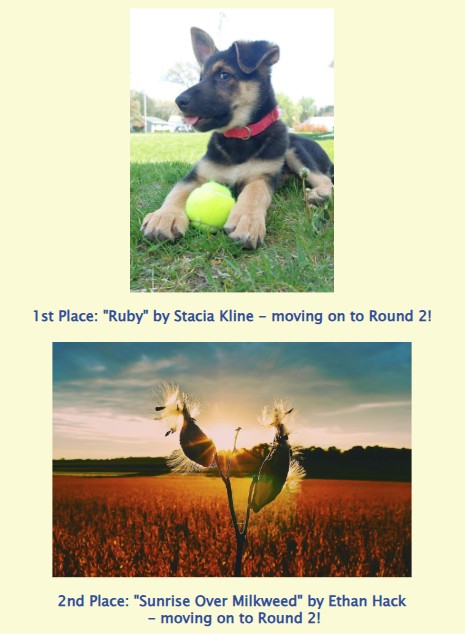


Just like a book or movie, check out a family admission pass to these great locations for FREE with your library card!
Passes CANNOT be placed on hold- they are checked out on a first come, first served basis.
Each pass can be checked out for three days (previously, it was one week).
Shamba Safari - Open now through Labor Day!
Drive your car through this amazing wildlife park and feed many of the animals!
See giraffes, rhinos, zebras, tigers, eland, oryx, camels, ostriches, emus, water buffalo, wild dogs, and more.
This pass is good for up to four people, once per day. It does NOT include animal food.
Unfortunately, last year several people abused this pass. This pass was intended to be used once per day, by one family of four. Several people used it multiple times per day, even passing it back along the line in front of the admissions area in full view of the business owners.
In addition, we had several argumentative people here at the library complaining about how they had just returned the pass so that their friend or relative could check it out again, and someone else checked it out instead. Please be fair to other people who have not yet had a chance to use the pass!
Using experience passes is a privilege, not a right!
We are paying twice as much this year for the pass. Any more abuse of this pass may mean that we cannot purchase it in the future.Oshkosh Public Museum - open all year
Located in a historic mansion, the museum is wheelchair accessible and stroller-friendly. You'll be able to see art and pottery exhibits, a stunning collection of Native American artifacts, Tiffany stained glass pieces, historic photography collections, and more.
This pass is good for up to two adults and five children (4-17). Kids under 4 are free.Fond du Lac Children's Museum - open all year
Geared towards toddlers, this museum is stroller-friendly and has lots of different areas for educational entertainment.
This pass allows entry to a family of up to 10 people (as long as they reside in the same household). Grandparents may bring grandkids.
Most of the museum special events are included with this pass! Events include Story Time, Art Explorers, holiday events, and more.Marsh Haven Nature Center - Open now through midwinter
Meet live birds of prey, turtles, and Sage the opossum. Hike the trails, visit the art gallery, and learn about Horicon Marsh.
This pass covers 1 family (loosely defined).Each pass can be checked out for three days. We do not allow holds on these passes; it's first come, first served.
To see if a pass is available, check our online card catalog, or give us a call at 920-295-6777.
Passes do not cover concessions, souvenirs, etc.Check out our upcoming events!
Click HERE for a printable PDF of all July events.
Click HERE for a printable Summer Reading Program packet or read on below the picture!
Click HERE for a printable PDF of August events.
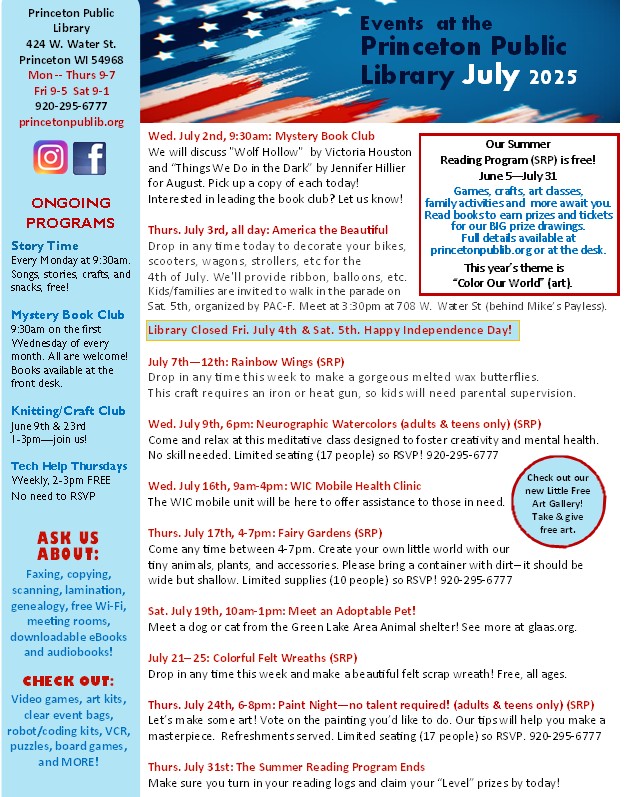
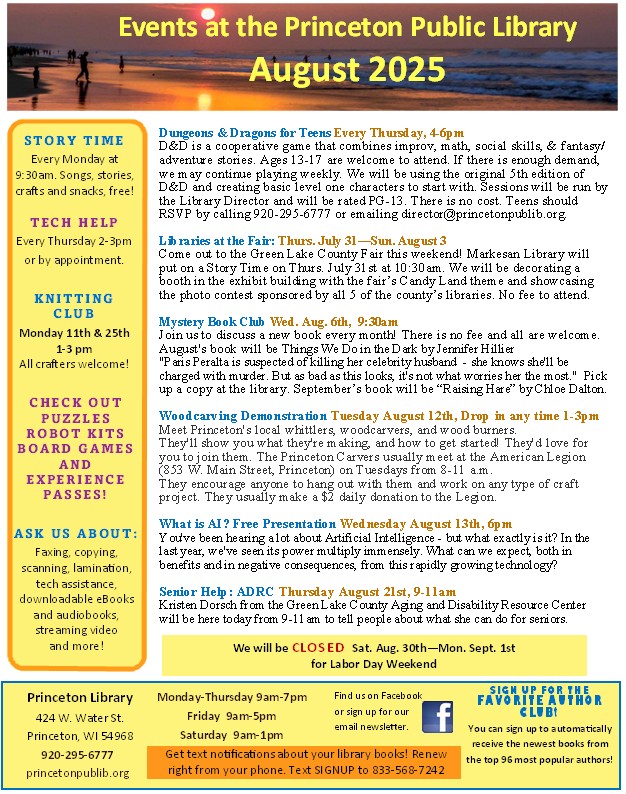
Summer Reading Program 2025: Color Our World
All ages are invited to join us for 8 weeks of fun!
This year’s theme is ART.
The Summer Reading Program is always FREE.
You just need your library card (and those are free too).
Sign up starts May 29th, and the program runs from June 5th—July 31st.
Reading Challenge RulesFrom June 5—July 31, read to earn “level” prizes at 180, 420, & 900 minutes.
For every 30 minutes you read, you also earn 1 ticket for big prize drawings. The big prize packs are on display. Put tickets in the jars next to the prize packs you want to win. You can claim level prizes and tickets as often as you want- just don’t wait until the last minute. All prizes and tickets must be claimed
before our big prize drawing on August 1st.
We ask that any book you read for the program be checked out from the library.
Checking out library items boosts our statistics, which directly affects our funding. Thanks!
ALL kinds of library books can count: Books on CD, downloadable eBooks and audiobooks, and Wonderbooks.
Books that kids and parents read together count for both of you!
If you’re reading on your own, please read books at or above your level.
Free Activities for All Ages
Whether you are participating in our reading challenge or not, you’re invited to all of our summer activities!
Those are listed briefly below, in two categories; kids and teen & adult activities. For more event details, see our events on Facebook or visit our calendar.
Because some events take place with messy art supplies, you may wish to wear old clothes, a smock, or apron.ALL SUMMER LONG:
- Vote in the Countywide Photography Contest for your favorite pictures. The winner receives $50.
- Visit our outdoor Little Free Art Gallery! Take some art, leave art, or just admire the masterpieces inside.
- Bring the kids to our new art-themed play area. You’ll love the colorful and squishable floor panels,
ball pool, Montessori activity board, color matching games, and art opportunities.Events for Kids
Thurs. June 5th: THE SUMMER READING PROGRAM BEGINS!
Sign up and get a reading log– you’ll earn prizes and tickets for BIG prize drawings!Fri. June 13th, 1:30– 3:30pm SLIME TIME
Slippery, sensory fun in plenty of colors, this simple slime recipe is fun for all ages to make.
While you’re waiting for your turn at the mixing bowl, knead, score, and squish Crayola Model Magic clay
into a no-mess masterpiece or play giant Bananagrams or giant Jenga.Tues. June 17th, 1:30– 3:30pm MOTION MURALS
Dance, stomp, splat, roll, and bounce paint to create an extra-large, energetic masterpiece. Wear old clothes! Not feeling fizzy? Paint your Crayola clay from our last event, or try sticker making instead.Thurs. June 19th, 1:45pm THE MAGICAL WORLD OF COLOR (Magic Show)
The Great Scott will entertain you with ventriloquism, music, puppets, and of course magic!Tues. June 24th, 1:30– 3:30pm TIE DYE TO DIE FOR
Tie-dye a shirt, bandana, bag, or socks! While you’re waiting for your turn, help us make a funky wall hanging with yarn and old CDs.Fri. June 27th, 1:30– 3:30pm COLOR SPLASH
Kids can run around with colorful bubbles and dip into rainbow splash pads at this wet and wild event.
Enjoy bubble rockets, bubble frisbees, bubble wands, giant bubbles, and a fog bubble gun.
Hate getting wet or need a little less stimulation? Stay inside and color.Thurs. July 3rd, All Day: AMERICA THE BEAUTIFUL
Kids are welcome to drop in any time today and decorate their bikes, scooters, wagons, strollers, and stick horses for the 4th of July Celebrations.July 7th—12th: RAINBOW WINGS
Drop in any time this week to make a gorgeous melted wax butterflies that will fly across your wall.
This craft uses an iron or heat gun, so parental supervision is required.July 21– 25: COLORFUL FELT WREATHS
Drop in any time this week and make a beautiful felt scrap wreath!
Will yours be green and gold, blue and orange, or all the colors of the rainbow?Thurs. July 31st: The Summer Reading Program Ends
Make sure you turn in your reading logs and claim your “Level” prizes by today!
We will be drawing names for the big prize drawings tomorrow (Fri. Aug. 1st).
You do not have to be present at the prize drawing to win.Events for Teens & Adults
Thurs. June 5th: The Summer Reading Program Begins!
Sign up and get a reading log– you’ll earn prizes and tickets for BIG prize drawings!Tues. June 10th, 4-7pm: Printmaking Petting Zoo
Have you ever wanted to try printmaking? Now you can! Lots of different print-making methods will be
available for you to play with. We've got brayers, ink, paint, Gelli pads, Styrofoam, screen printing and more.Thurs. June 26th, 4-7pm: Hooray for Sculpey Clay
Drop in any time this evening. This oven-bake clay comes in lots of colors- what will you make? Volunteers can help you sculpt jewelry, mini animals, and more. Limited seating (12) so please RSVP ASAP! 920-295-6777
July 7th—12th: Rainbow Wings
Drop in any time this week to make a gorgeous melted wax butterflies that will fly across your wall.Wed. July 9th, 6pm: Neurographic Watercolors
Come and relax at this meditative class designed to foster creativity and mental health. No skill necessary!
Limited seating (17 people) so RSVP ASAP! 920-295-6777Thurs. July 17th, 4-7pm: Fairy Gardens
Come any time between 4-7pm. Create your own little world with our tiny animals, plants, and accessories. Please bring a container with dirt– it should be wide but shallow. Limited supplies (10 people) so RSVP!July 21– 25: Colorful Felt Wreaths
Drop in any time this week and make a beautiful felt scrap wreath!
Will yours be green and gold, blue and orange, or all the colors of the rainbow?Thurs. July 24th, 6-8pm: Paint Night—no talent required!
Let’s make some art! We will post four painting options on our Facebook page and have a ballot available at the front desk. Vote on the painting you’d like to do! Our tips will help you make a masterpiece.
Refreshments served. Limited seating (17 people) so RSVP ASAP! 920-295-6777Thurs. July 31st: The Summer Reading Program Ends
Make sure you turn in your reading logs and claim your “Level” prizes by today!
We will be drawing names for the big prizes tomorrow (Fri. Aug. 1st).
You do not have to be present at the prize drawing to win.
Do you want to download free library eBooks or audiobooks?
Use our FREE "Libby" app!
You will need your library card to log in. Use the number under your library card's barcode (with no spaces) as your login.
Your PIN is usually the last four digits of your phone number.On your tablet or smartphone, click here: https://www.overdrive.com/apps/libby
- if you are downloading books to your desktop computer, please use libbyapp.com
Libby comes with features we know you’ll love, like:
- Streaming media you can listen to any time
- Download books and audiobooks for use while offline
- A central bookshelf for all loans and holds
- Customizable notifications for ready holds
- Compatibility with Apple CarPlay, Android Auto, and Sonos speakers
- Compatibility with Kindle Fire tablets, Android and Apple smartphones
- Easy access to OverDrive support staff
Our library has board games, puzzles, and kits you can check out, just like a book or DVD!
PUZZLES
Check out puzzles with 300-1,000 pieces from many different makers! Need more time with these? Just ask us for an extended due date!
KITS
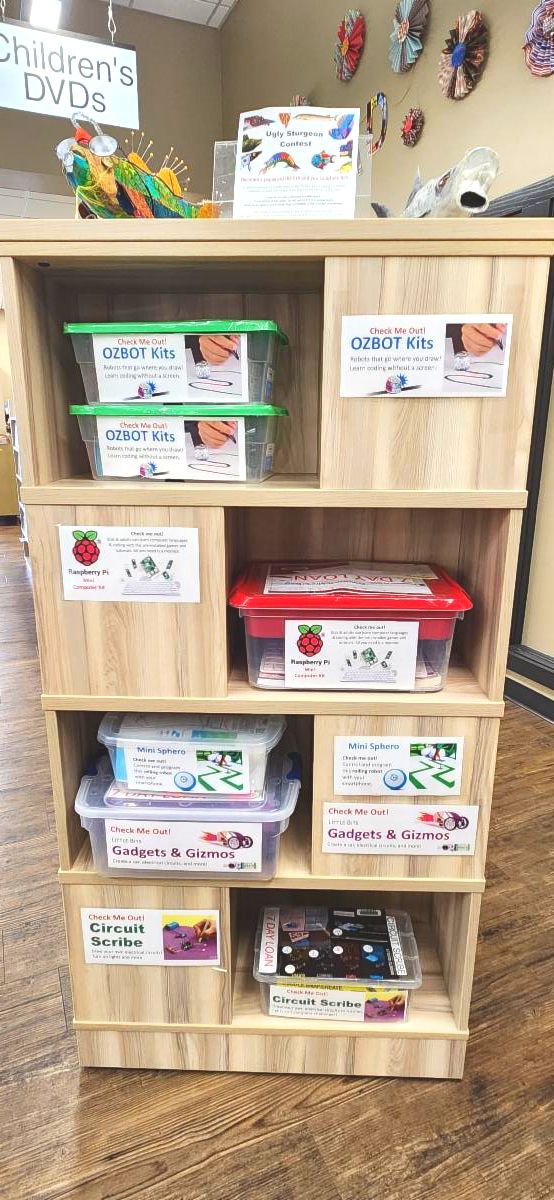 Our kits help kids (and the young at heart) learn about technology, especially computer coding. They are located near the childrens' DVDs.
Our kits help kids (and the young at heart) learn about technology, especially computer coding. They are located near the childrens' DVDs.- Ozbots These moving robots start, run, and stop wherever you draw in the appropriate colors. Ages 5 to 99 can learn the basics of computer coding with no screens through this intuitive approach. Learn more at https://ozobot.com/create/
- Raspberry Pi
This computer-in-a-box is meant to teach kids how to code in multiple languages. You will need to supply your own monitor. Learn more at https://www.raspberrypi.com/- Sphero
These rolling robots race across any flat surface! Confuse your cats, entertain your kids, and maybe even learn something about computer coding. You will need a smartphone to download the app to control the robots - the coding is optional. Learn more at https://sphero.com/products/sphero-mini- Little Bits Gadgets & Gizmos
This kit comes with everything you need to create several projects, including a car that really runs! Learn more at https://cdn.sparkfun.com/datasheets/Kits/G&G_Booklet.pdf- Circuit Scribe
This kit allows you to draw your own electrical circuits with conductive ink! Connectors, LED lights, and buzzers help future little electricians learn to put together simple projects. Learn more at https://circuitscribe.com/VIDEO GAMES
You can check out our PlayStation 4 gaming console kit for one week. It comes with two games and four controllers. All you need is a screen!
We have about 35 Playstation 4 games you can check out separately as well.
Games include The Last of Us, Pay Patrol, Minecraft Legends, Atarti Flashback Classics, Horizon: Zero Dawn, Uncharted, Gran Turismo, The Hunter: Call of the Wild, Subnautica, Bloodborne, Lego DC Super-villains, Spyro: Reignited Trilogy, My Little Pony: A Maretime Bay Adventure, Rocket League, Control, Madden NFL 18, The Witcher III Wild Hunt, Stray, Overwatch: Legendary Edition, Elden Ring, Ratchet & Clank, Disney Classic Games, Guardians of the Galaxy, Dredge, Lego Marvel Super Heroes, Sonic Colors Ultimate, Marvel Spider-Man, Star Wars Battlefront, Resdient Evil 2, MX vs ATV Legends, Howards Legacy, Borderlands 3, and Star Wars Racer.BOARD GAMES
We have games that appeal to all ages! Play traditional games like Battleship, Trouble or Trivial Pursuit, or branch out into unusual games like Bluey's Keepy-Uppy Game for tots or Forbidden Island, a cooperative fantasy survival game for adults.
Other games include The Great British Baking Game, Twister, Monopoly, Munchkin, Uno, Sorry, Jenga, Exploding Kittens, PatchWork, Cards Against Humanity, Outfoxed, Apples to Apples, Ticket to Ride, The Goonies: Never Say Die, Connect 4, and more!
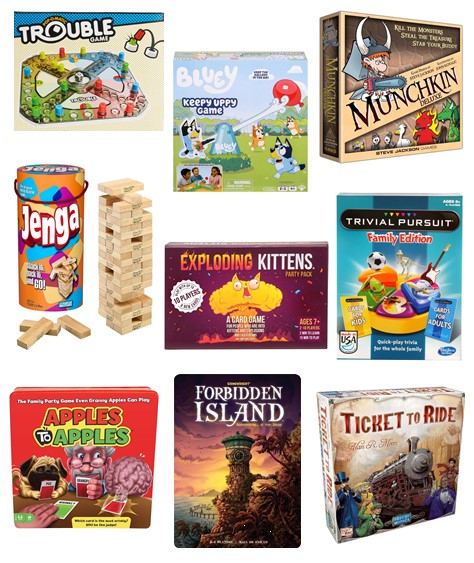

Please note: our July Library Board meeting has been cancelled.
Princeton Public Library Board Agenda
Meeting to be held at 424 W. Water St.
6pm Monday August 4th, 2025• Call to order
• Roll Call of Members
• Approval of Minutes from June
• Director’s Report
- Review & approval of bills from June & July 2025- 2025 Budget
- Letter to Winnefox Board
- Public Records Requests
- Old Library Sign
• Adjournment
The next meeting will be at 6pm on Monday September 1st, 2025.
The Library Board usually meets on the first Monday of every month at 6pm.
- DVD
- FICTION-BK
- JBOARD-BK
- JFICTION
- JNONFIC
- JPICTURE
- NONFICTION

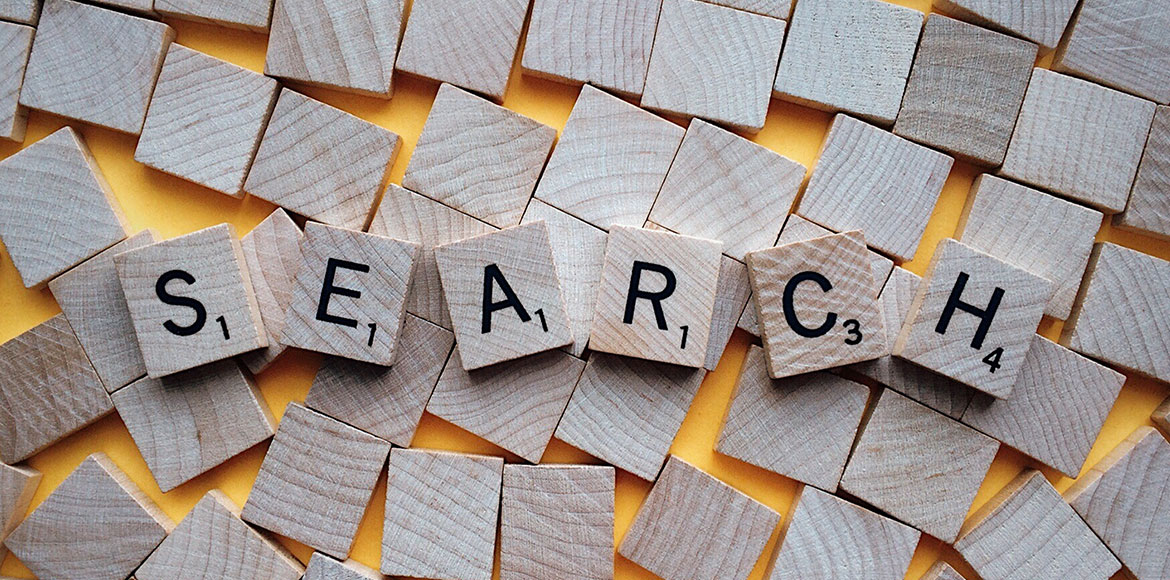

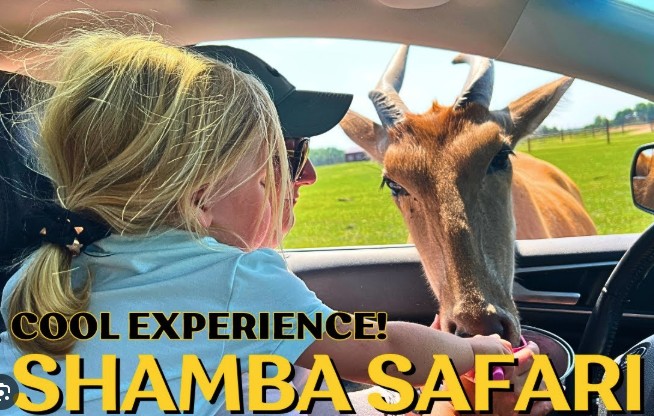
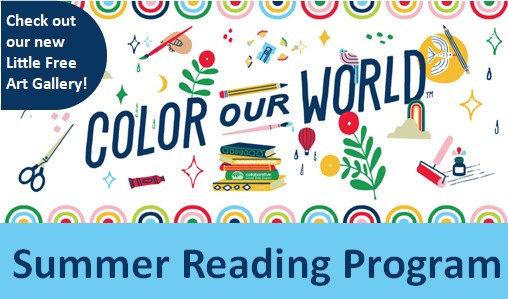
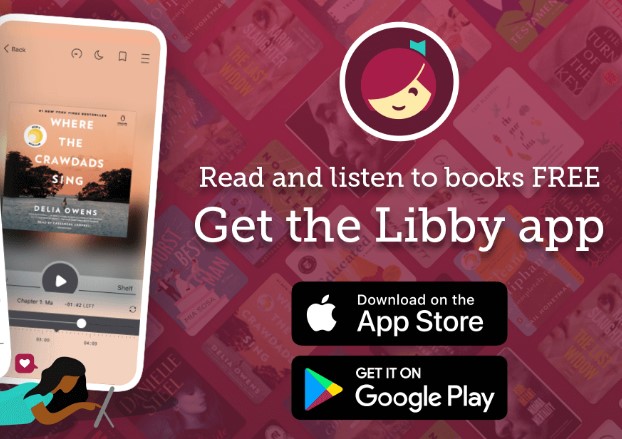
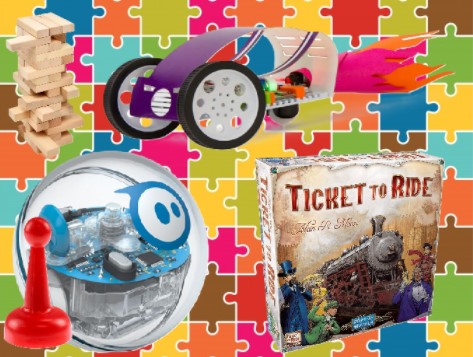


/mc.gif&client=winnp&type=rn12&upc=-&oclc=527083619)
/mc.gif&client=winnp&type=rn12&upc=-&oclc=455114886)
/mc.gif&client=winnp&type=rn12&upc=-&oclc=513968802)
/mc.gif&client=winnp&type=rn12&upc=-&oclc=467868103)
/mc.gif&client=winnp&type=rn12&upc=-&oclc=524906214)
/mc.gif&client=winnp&type=rn12&upc=-&oclc=437742246)


/mc.gif&client=winnp&type=rn12&upc=-&oclc=406020940)


/mc.gif&client=winnp&type=rn12&upc=-&oclc=442335926)